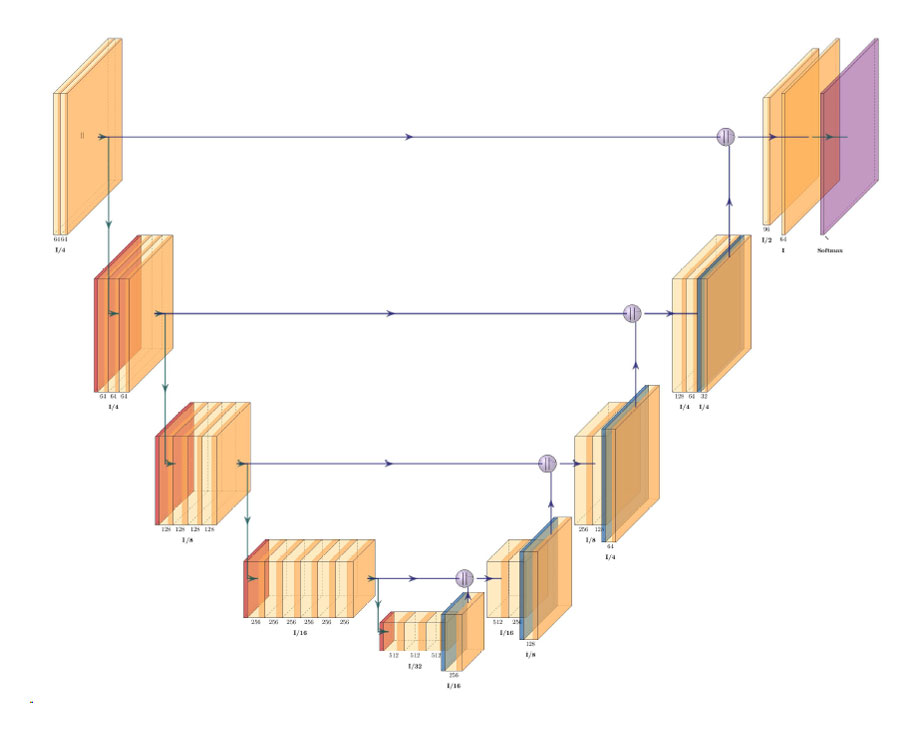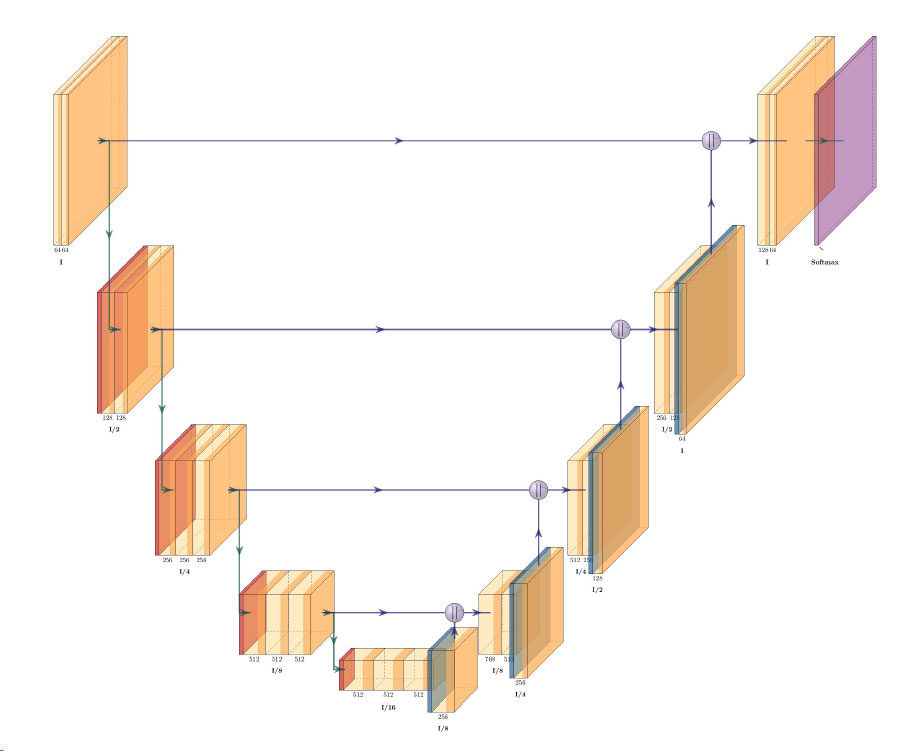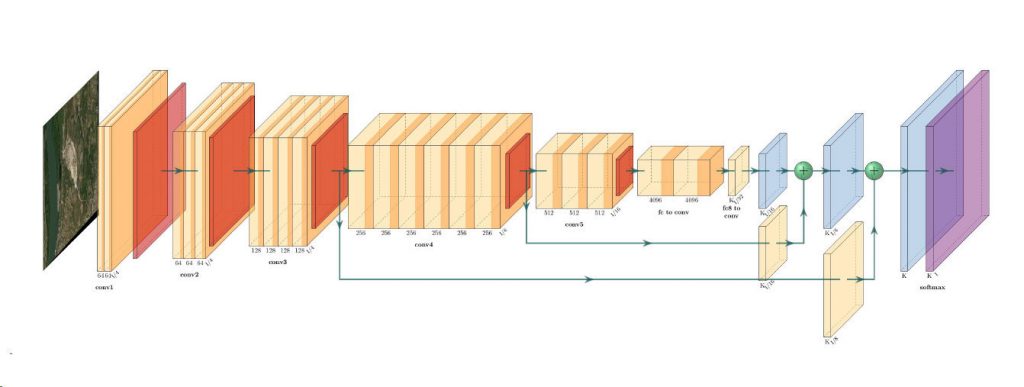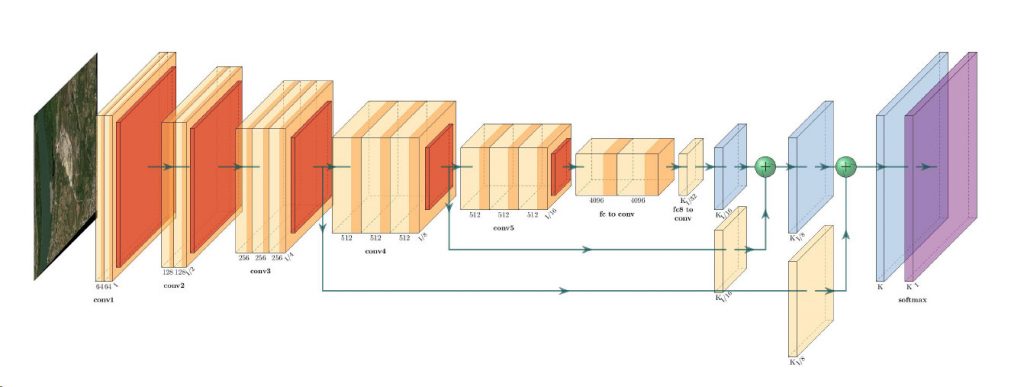Seeing the Invisible: Carbon Leaks
- European Space Imaging
- 22 August, 2014
With worldwide coal-powered plant capacity set to increase by 35% before 2020 and hence increase the annual amount of Carbon Dioxide (CO2) generated by many billions of tons, Carbon Capture and Storage technology has never been more important. But if CO2 storage is to be seen as successful, it is vital that storage sites are monitored and proven not to leak.
The Need for Carbon Capture and Storage
Carbon Capture and Storage (CCS) is a proposed solution to meeting two future and fundamental human requirements; to generate enough energy to meet demand though the continued use of fossil-fuelled power stations, whilst vastly reducing
the emission of CO2.
Using CCS, captured gas is liquefied at very high pressure and in this supercritical state (a liquid that has gaseous properties) it is pumped into porous rock layers below impermeable rock ‘caps’. This geological setup should store CO2 stably for tens of thousands of years but new techniques will be needed to monitor for any leaks.
As a PhD researcher at the Technical University of Madrid, Jorge Gutierrez del Olmo explains, “Huge resources have been invested to develop technologies to inject CO2 underground, but we must be sure of the stability of this gas across large storage areas.”
The University is working on the challenge to develop a cost-effective ‘first-alert’ technique to monitor possible CO2 leakage from vital storage facilities.
Wide Area High Accuracy Vegetation Monitoring
To develop such a new technique, Gutierrez del Olmo and his team are using a combination of WorldView-2 satellite data and geological models to study naturally occurring CO2 leaks in the Spanish volcanic region of Campo de Calatrava.
The University is working to find a correlation that can be visibly detected between these natural leaks and changes in the surface vegetation index – an established method of identifying vegetation using remote sensing data – and later use those results to monitor future CO2 storage sites.
Gutierrez Del Olmo notes, “Multispectral satellite remote sensing data could be of great help in early detection of gas leaks, which could be complemented through more detailed field work once a leak has been identified.”
High Resolution Multi-Spectral Imagery Needed
Changes in vegetation brought around by increased local CO2 leaks range from observable stress and death in high concentrations, to increased growth in lower concentrations, possibly a counter-intuitive, positive side effect of leaks replicating commercial carbonic fertilisation.
Gutierrez del Olmo describes how WorldView-2 satellite data’s high resolution and unique spectral width met the criteria needed to classify the test area vegetation: “Spatial resolution is especially important because of the size of the alterations we are
looking for; CO2 vents can produce changes in the vegetation only meters around. Having imagery with a 5 meter pixel size would mean we could be losing key information in many small leak points.”
Additionally, he says, for this kind of work there is a need for the spectral range: “WorldView-2 is great. Having eight bands is essential to reproduce many vegetation indexes in order to help in detecting gas leaks.”
An Ongoing Efficient Solution
Given the critical importance of developing Carbon Capture and Storage to meet the environmental needs of an ever increasing global energy demand, evolving an efficient and effective storage security monitoring technique is vital.
Using WorldView-2 data, the University is bringing that capability nearer to commercial use and this may be one of the key components that brings world changing technology to market.
"In initial studies the WorldView-2 multispectral satellite remote sensing data has proven to be of great help in detecting gas leaks early, especially when supported through follow up field work."
Challenge
Use the benefits of high-resolution satellite imaging – large area and repeatable coverage – to develop a cost effective method of monitoring sub-surface geological CO2 storage sites for leaks.
Solution
Use WorldView-2 images in combination with geological data to model natural CO2 leaks and to compare spectral signatures of these leaks with field measurements.
Results
The University is developing a highly cost-effective ‘first-alert’ technique to monitor possible CO2 leakage from vital storage facilities.
ABOUT THE TECHNICAL UNIVERSITY OF MADRID
The Technical University of Madrid teaches over 40,000 students across a wide range of engineering disciplines. The WorldView-2 satellite imagery was supplied by European Space Imaging who own and operate the European Direct Access Facility (DAF) to directly task satellites from DigitalGlobe’s WorldView constellation.
Related Stories
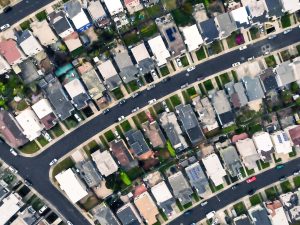
EUSI and Albedo Partner to Deliver 10 cm Resolution Satellite Imagery to Europe
It is our pleasure to announce the partnership with Albedo, a builder of high-performance spacecraft and the first satellite designed to operate commercially in VLEO (Very Low Earth Orbit). This partnership will bring the world’s highest resolution satellite imagery to the European and North African market.

Updating the Land Parcel Identification Systems in 2025: The Benefits of Using Satellite Images
Agricultural paying agencies across Europe face increasing challenges in maintaining accurate and up-to-date Land Parcel Identification Systems (LPIS), ensuring compliance with the Common Agricultural Policy (CAP) and supporting sustainable agricultural practices.

EUSI Confirms Uninterrupted Satellite Imagery Support for Ukraine and European Security
With the successful launch of Maxar Intelligence’s second set of WorldView Legion satellites, European Space Imaging (EUSI) will soon offer up to eight daily collection opportunities in key latitudes across Europe and North Africa – a number that will increase after the final WorldView Legion satellites are launched and all six satellites are operational.

Civil Mapping: Three Case Studies From Germany
Three land-surveying authorities finished large-scale mapping projects using very high resolution satellite images in 2024. These are the challenges, solutions and results:


